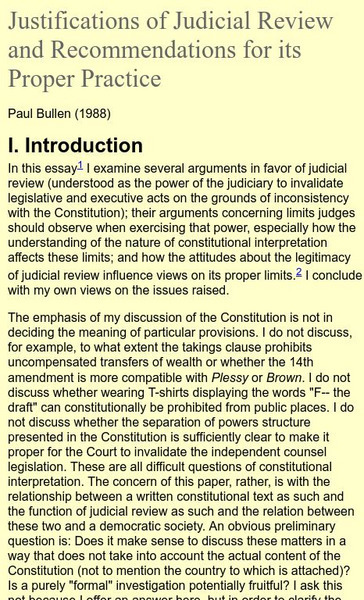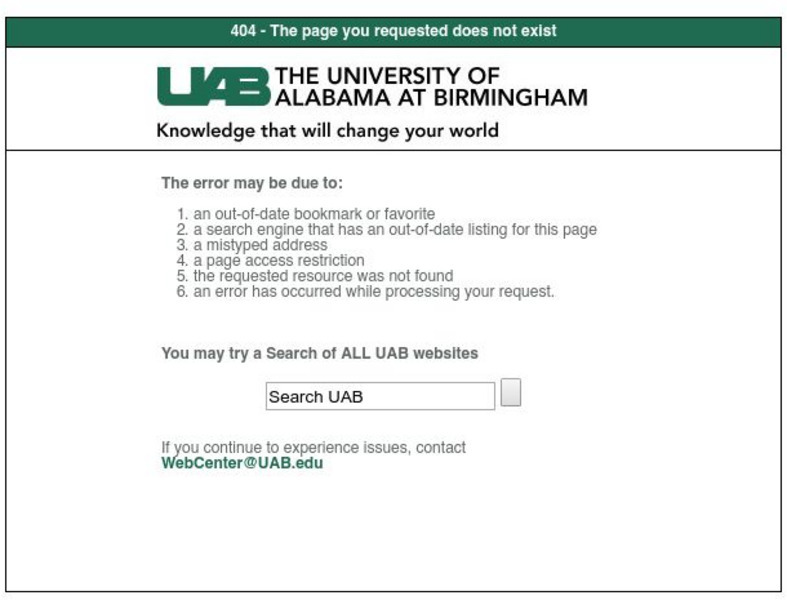Curated OER
Checks and Balances
Students take a closer look at the responsibilities of the Legislative, Judicial, and Executive branches. In this U.S. government lesson, students read articles 1, 2, and 3 of the Constitution and then use Venn diagrams to compare and...
Curated OER
Making an Appeal
Students make an appeal. In this making an appeal lesson students give characteristics of the Washington Supreme Court. Students examine public policy conflicts and present an appellate case.
Curated OER
You Be the Judge
Students research and evaluate a case considered by the U.S. Supreme Court regarding the jurisdiction of the Clean Water Act. They watch a Bill Moyers video, conduct a debate, and write about the decision they would make if they were a...
Curated OER
The Formation and Function of the Supreme Court
Learners analyze the role of the U.S. Supreme Court. They read a handout and Article III, section 1 of the Constitution, analyze and rate by relevance noteworthy Supreme Court cases, and write how they decided each rating.
Curated OER
Bill of Rights
US history classes explore constitutional rights as they relate to court cases involving teens. Your class must already be familiar with the Bill of Rights before beginning this series of exercises. In preparation for a debate-style...
Curated OER
Regulating Freedom of Speech
Students examine the nature and limits of the Constitutional right to freedom of speech. They read and analyze the First Amendment, discuss various case studies, and research and record their own opinion on discussion questions.
USA.gov
How The Supreme Court Works
Just how does a case come before the highest court in the land? A graphic flow chart unpacks how plaintiffs come before the Supreme Court. Graphics include background on the nine justices and just how many cases they actually hear each...
Curated OER
The President's Roles and Responsibilities: Communicating with the President
Students examine the roles and responsibilities of the U.S. president and their own roles as citizens of a democracy. They explore various websites, listen to a State of the Union address, and write a letter to the President of the...
YMCA
Turning Courtrooms into Classrooms
Turn the class into the next episode of Law & Order! Scholars work together to create a mock trial over the course of several weeks before going before a judge for the case performance. They take on different roles, go through...
Curated OER
Federal Court Systems and Court Cases
Ninth graders investigate the basis for the Common Law Tradition. They examine the organization of the Federal Court System and students identify the various sources of the American Law.
Curated OER
Across The Centuries
Students analyze the American Bill of Rights, compare it to the English Bill of Rights and note the differences in an essay. They access websites imbedded in this plan to do their research, then present their findings to the class.
Curated OER
Constitutional Issues: Separation of Powers
Students discribe the principle and the history of separation of powers.
Curated OER
Bill of Rights -- Texas v. Johnson, 1989
Learners examine the First Amendment of the Bill of Rights. During a visit to the George Bush Presidential Museum, they watch a video about the Texas v. Johnson flag burning case. In groups, they discover the role of the Supreme Court...
Curated OER
iCivics: Executive Command
Students explore the role of President of the United States. In this executive branch lesson, students play an online game that requires them to consider the needs of Americans as they act as president.
Curated OER
Dear Congressperson...
Young scholars identify their local, state, and national officials. They create a short blurb about each official and their function in office. Students choose an issue of concern they would like to write to their local official about,...
Curated OER
Investigation of the Warren Court
Learners study period of Supreme Court history when Earl Warren was the Chief Justice and how the cases of this era effected American society.
Curated OER
Sandra Day O'Connor
Young scholars describe the achievements and positions that Sandra Day O'Connor has held. They give specific dates of Sandra Day O'Connor's achievements and positions. They identify other great achievements performed by women.
US Government Publishing Office
Ben's Guide to u.s. Government: Judicial Branch (6 8)
This site from Ben's Guide to U.S. Government provides a brief overview of the judicial branch of the federal government. Discusses the origin of the judicial branch, the concept of judicial review, and functions of the judicial branch....
US Government Publishing Office
Ben's Guide to u.s. Government: Judicial Branch (9 12)
Provides a brief overview of the judicial branch of the federal government. Discusses the origin of the judicial branch, the concept of judicial review, and functions of the judicial branch. Links to more information about the U.S....
Other
Paul Bullen: Judicial Review
This site is a personal site from Paul Bullen that provides an essay titled "Justifications of Judicial Review and Recommendations for its Proper Practice," which addresses the process of judicial review in great depth.
Other
University of Alabama: Government
Overview in note form on social and political philosophy comparing Plato, Locke, and Hobbes. Scroll to "natural rights" which the author discusses in context for understanding the political and social philosophies of these political...
US National Archives
Nara: Charters of Freedom: The Power of the Courts: Marbury vs. Madison, 1803
Website with primary source material on the making of the U.S. government and Constitution explains how Marbury vs. Madison brought the power of Judicial Review to the Supreme Court.
SMART Technologies
Smart: Branches of the Us Government
This interactive lesson can be used to introduce or to review the three branches of the United States government: legislative, executive, and judicial.
Other
Independent Institute: Alexander Hamilton on War and Free Government
This is a review of a book by Kurt-Friedrich Walling. The review discusses how Hamilton wanted to create a republican empire based on consent but able when threatened to generate enormous military power, and how this was in dispute with...




















